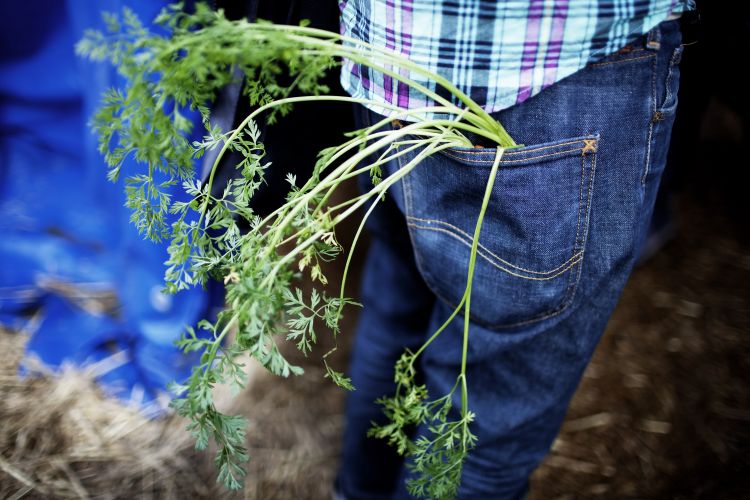 Well said!
Well said! This quote is from Helen De Michiel's article, "Toward A Slow Media Practice," in which she outlines the relationships between food and media. Her ideas are a good platform from which to explore the many ways in which our daily immersion in food and media can make sense as unifying experiences, one nurturing the other.
Both presenting the same choices about how we choose to address corporate control, local food and media independence, transnational yet grassroots collaborations, fair trade. And what I like best: both offering joy.
Michiel goes on to say that "Both Slow Food and Media Arts represent significant niches in our cultural landscape.They are quiet movements built on the ideals of self-determination, community empowerment, and preservation of legacy in a throwaway milieu. While neither valued nor well understood by the mainstream, they both are sustaining individuals and communities with imaginative practices that transform consciousness in a slow and steady flow.
While Slow Food defends endangered foods, we struggle to carve out and protect a public space where independent media arts practices can thrive."
Now I'm going to make a nice breakfast!

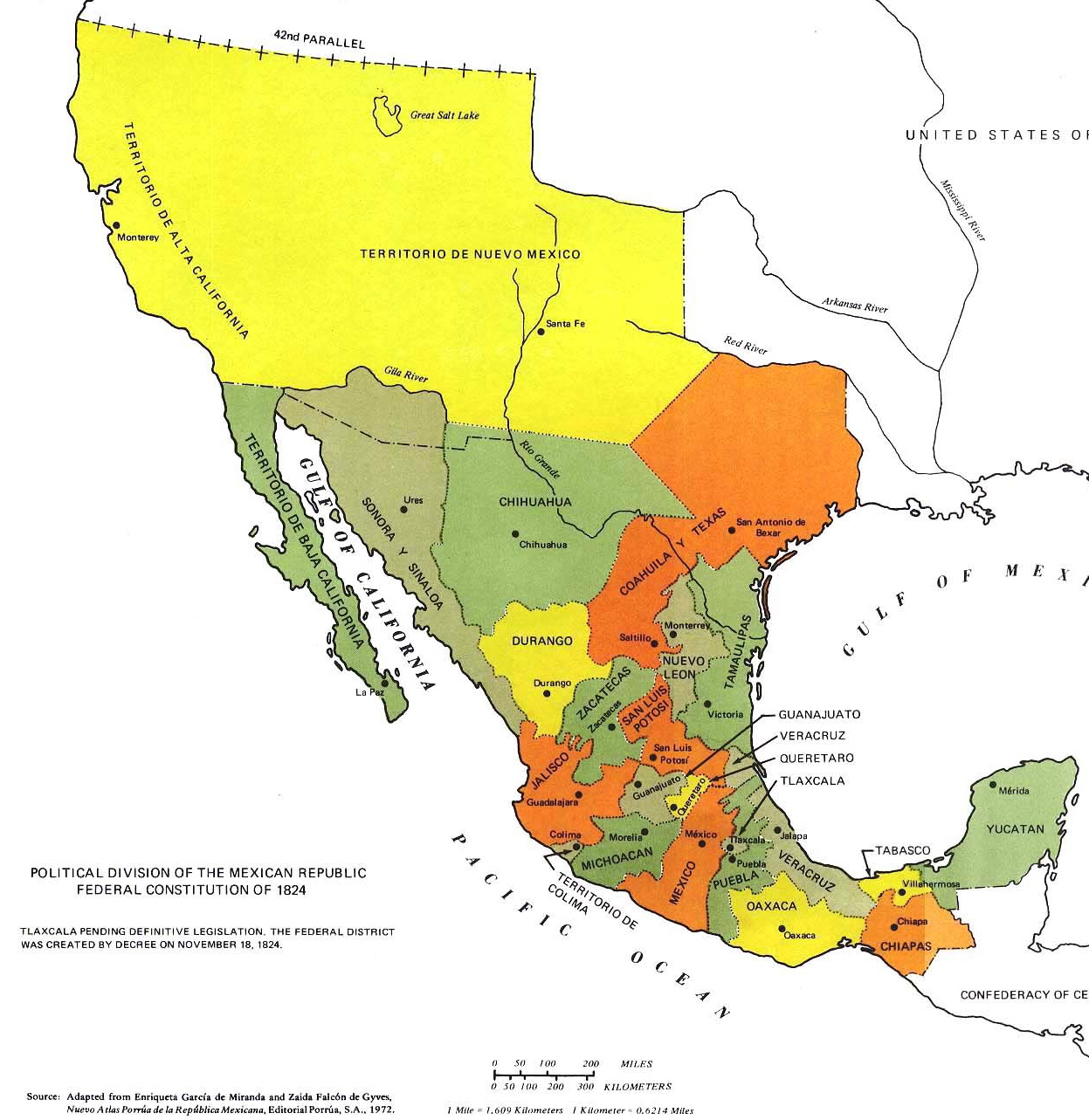
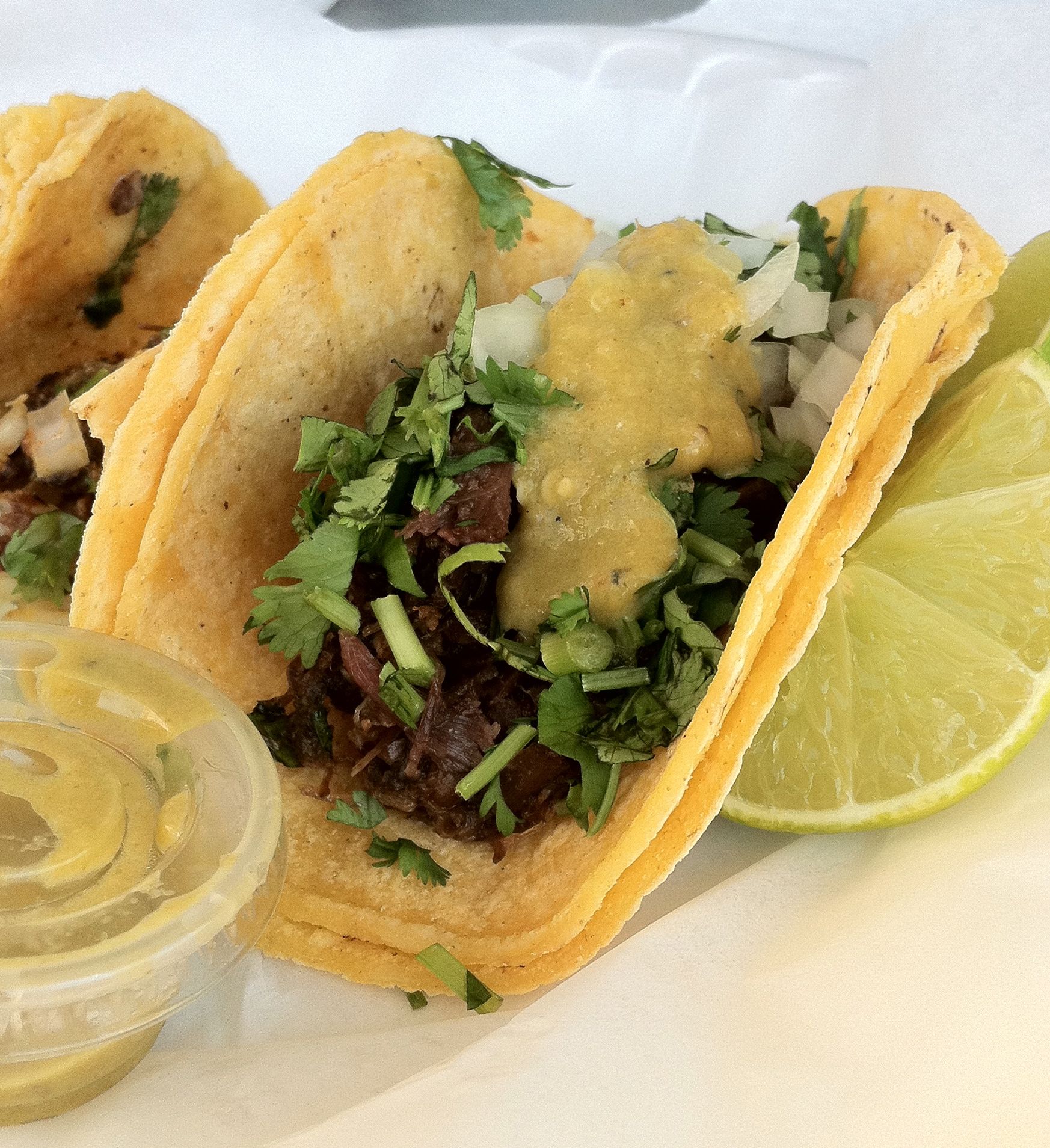 Tierra Caliente serves Mexican barbacoa tacos. Mexican "barbacoa" is beef. It has a long history in this region. It can be cooked underground (cabeza de pozo--barbacoa de cabeza) or, as the chef, María Zamano, does, on the stove with seasonings that include garlic and. I promised her I would not talk out of school so you'll have to ask her for her delicious recipe.
Tierra Caliente serves Mexican barbacoa tacos. Mexican "barbacoa" is beef. It has a long history in this region. It can be cooked underground (cabeza de pozo--barbacoa de cabeza) or, as the chef, María Zamano, does, on the stove with seasonings that include garlic and. I promised her I would not talk out of school so you'll have to ask her for her delicious recipe. 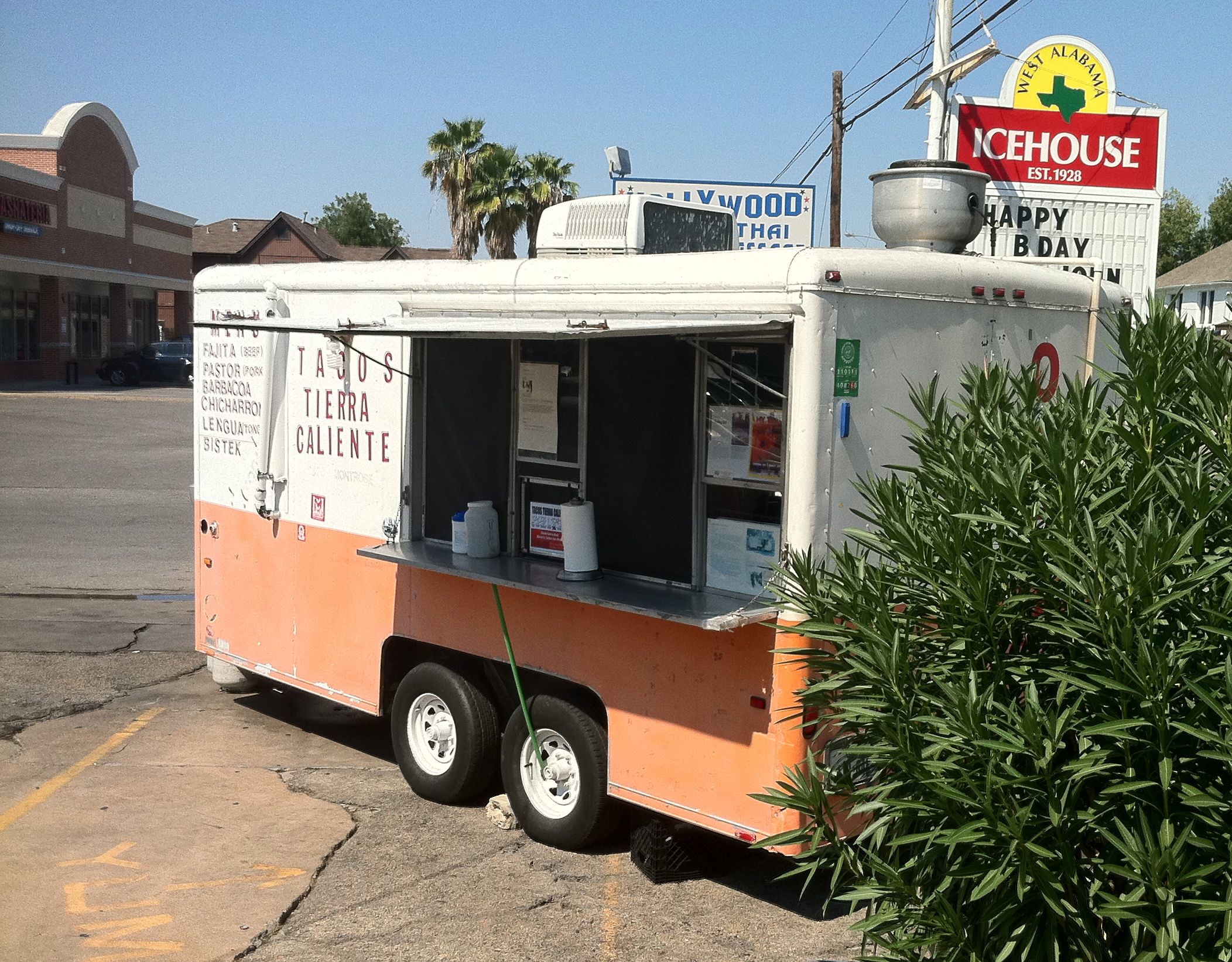 This is very different from taco combinations that simply "juxtapose" ingredients inside a tortilla. Tierra Caliente recipes harmonize. No clashing juxtapositions here. In order to accomplish this you have to know your past, both written and oral stories, and taste it. It makes for a fuller dining experience.
This is very different from taco combinations that simply "juxtapose" ingredients inside a tortilla. Tierra Caliente recipes harmonize. No clashing juxtapositions here. In order to accomplish this you have to know your past, both written and oral stories, and taste it. It makes for a fuller dining experience.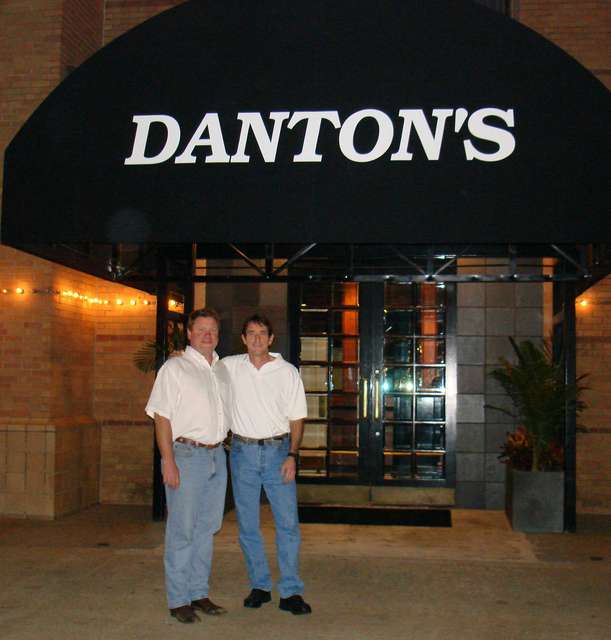 To do this he has the right blend of egg yolks, butter, lemon and seasonings. The emulsion is whisked together so well that the mouth-feel is sooooo velvety. OK, I'll stop drooling. .. And he adds a twist that is his very own, a type of red chile!
To do this he has the right blend of egg yolks, butter, lemon and seasonings. The emulsion is whisked together so well that the mouth-feel is sooooo velvety. OK, I'll stop drooling. .. And he adds a twist that is his very own, a type of red chile! 

 I first saw the Watermelon-Campari combination in an egg-based savory sorbet featured in the new book,
I first saw the Watermelon-Campari combination in an egg-based savory sorbet featured in the new book, 
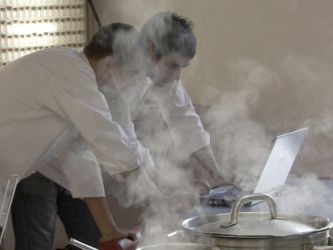

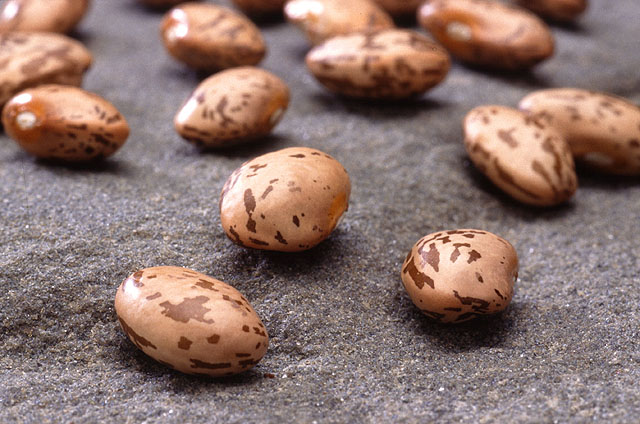 It's not that we don't think black beans are delicious It's simply that for our cuisine they are philosophically incorrect. By this I mean that they are incoherent, out of context and clash with both the techniques of cooking and the complementary flavors of local products, the terroir.
It's not that we don't think black beans are delicious It's simply that for our cuisine they are philosophically incorrect. By this I mean that they are incoherent, out of context and clash with both the techniques of cooking and the complementary flavors of local products, the terroir.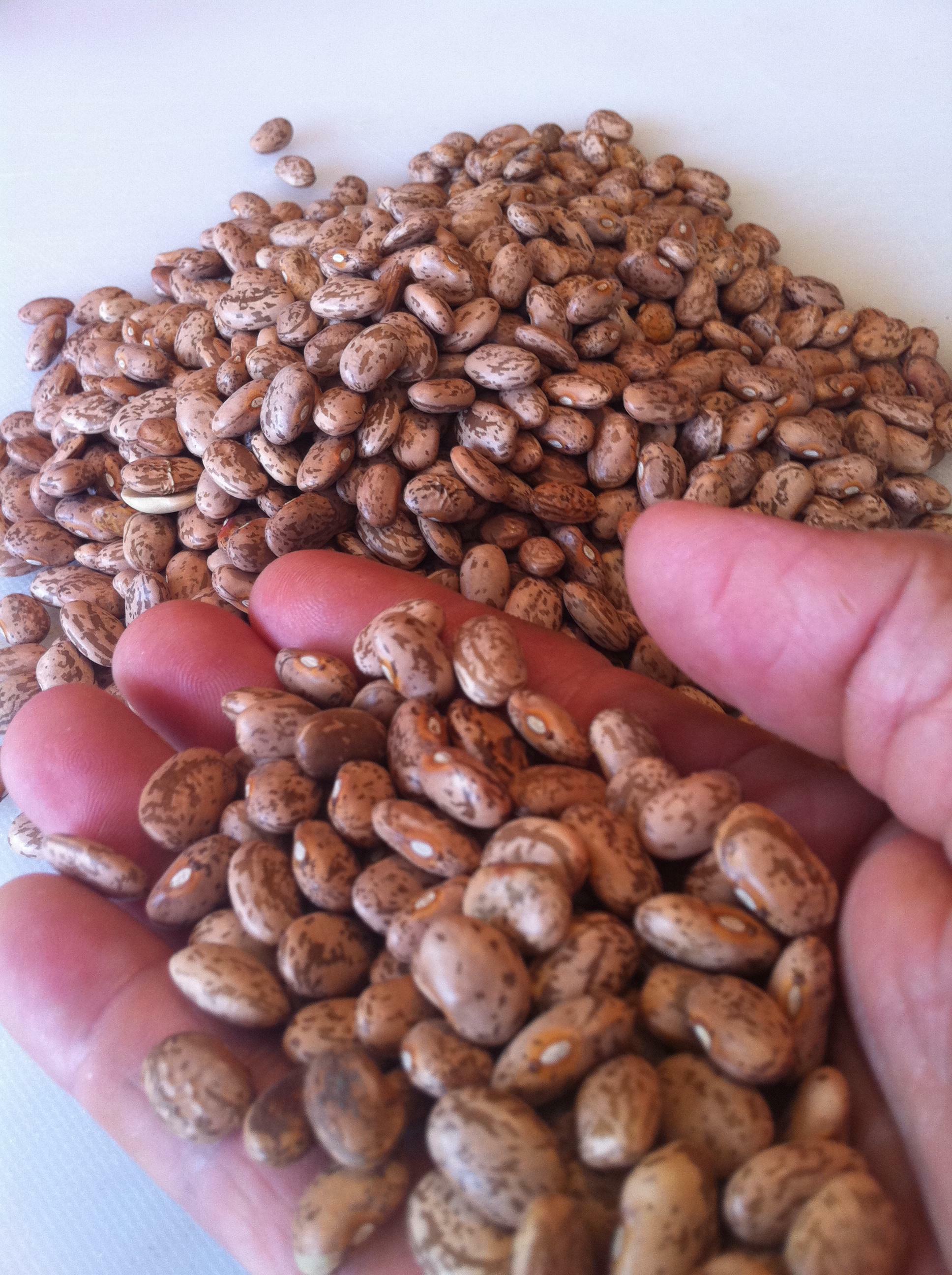 I like the following paragraph from the University of North Texas College of Arts and Sciences "The Philosophy of Food Project."
I like the following paragraph from the University of North Texas College of Arts and Sciences "The Philosophy of Food Project." 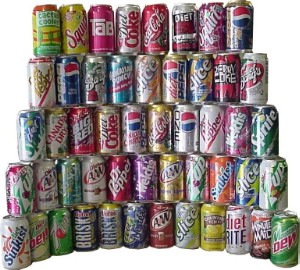
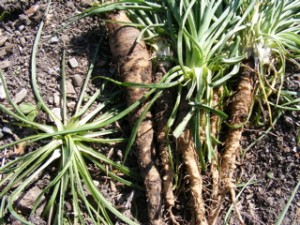 The overall plate was super rich, complex and dynamic -- but calm and balanced. Again, I think that's really hard to do.
The overall plate was super rich, complex and dynamic -- but calm and balanced. Again, I think that's really hard to do.